Goodman’s retirement in 1951 allowed him to spend more time with his wife Louise. They lived during the winter in the Penney Farms retirement community near Jacksonville, Florida and during the summer at a small farm in Bondville, Vermont, with both a house and a barn, which the Goodmans converted to living quarters with rooms for their children and grandchildren, named Brotherhood Barn.  In 1948, OA lodges from around the country sent stones from their local camps t
In 1948, OA lodges from around the country sent stones from their local camps t o Bondville, to be incorporated into a new fireplace at the barn. A sketch of Goodman talking to two Arrowmen in front of the fireplace became an icon, and graced the Founder’s personal stationery.
o Bondville, to be incorporated into a new fireplace at the barn. A sketch of Goodman talking to two Arrowmen in front of the fireplace became an icon, and graced the Founder’s personal stationery.
T he happy couple traveled around the world in 1962, starting from Vermont, crossing Canada and the US Pacific Coast by train, then from San Francisco to Hawaii and Australia, on to Malaya, Ceylon, Aden, Egypt, Greece, Italy, Spain, Portugal, Gibraltar, Great Britain, France, Ireland and back to New York. They stayed with the Governor General of Tasmania, Lord Rowallan, a former Chief Scout of the British Commonwealth. At the annual St. George’s Day parade at Windsor Castle, when the Royal Family reviews the year’s crop of Queen’s Scouts, Goodman met Queen Elizabeth and Prince Phillip.
he happy couple traveled around the world in 1962, starting from Vermont, crossing Canada and the US Pacific Coast by train, then from San Francisco to Hawaii and Australia, on to Malaya, Ceylon, Aden, Egypt, Greece, Italy, Spain, Portugal, Gibraltar, Great Britain, France, Ireland and back to New York. They stayed with the Governor General of Tasmania, Lord Rowallan, a former Chief Scout of the British Commonwealth. At the annual St. George’s Day parade at Windsor Castle, when the Royal Family reviews the year’s crop of Queen’s Scouts, Goodman met Queen Elizabeth and Prince Phillip.
Always devout, Goodman wrote hymns and religious music throughout his life. He also served as a lay minister, which he was able to do for longer periods now. During his life, he held 26 pulpits, including two at sea during cruises.
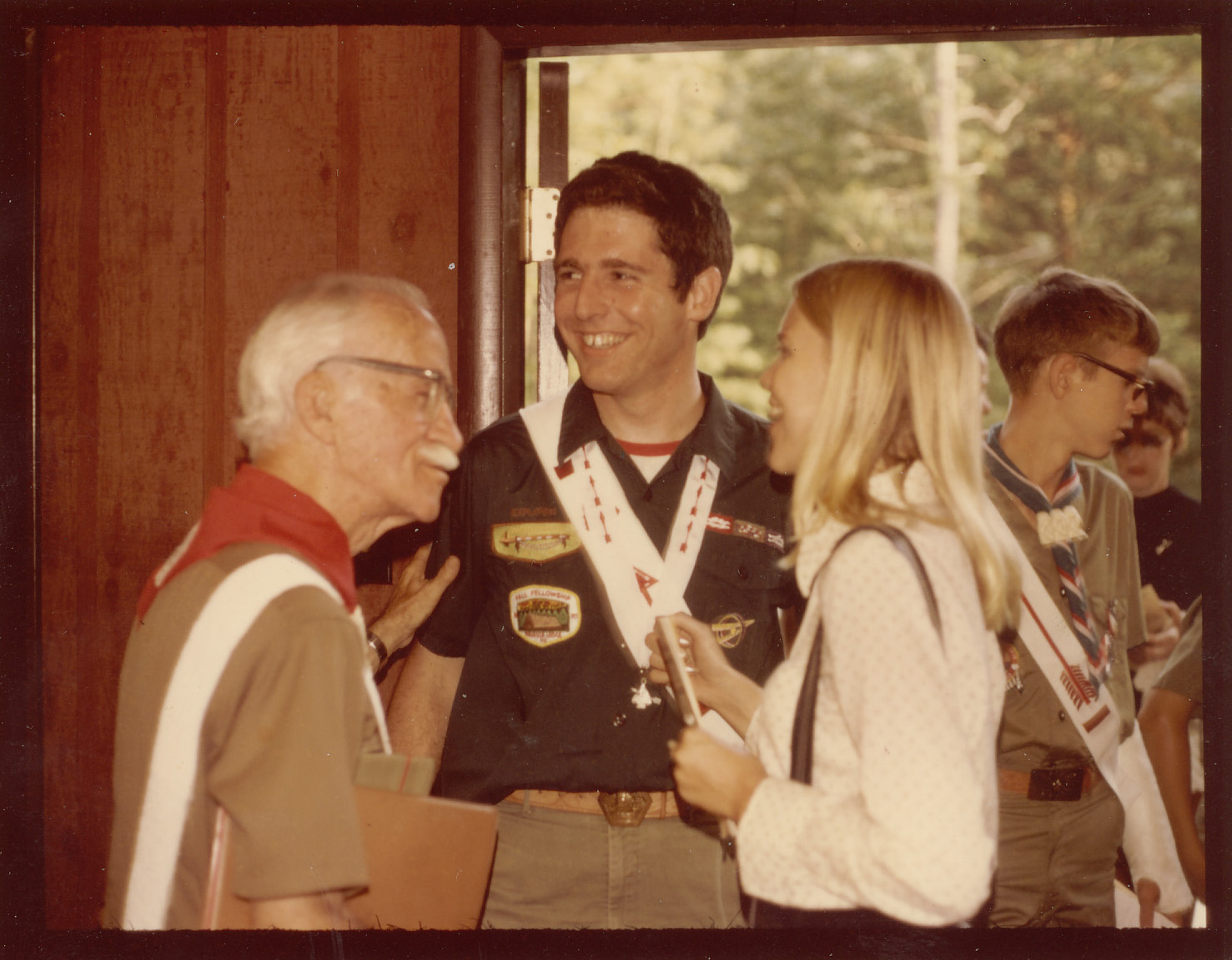 For many years, Arrowmen urged him to write an autobiography. In 1965, to celebrate the Order’s 50th birthday, he penned a series of reminiscences called The Building of a Life. True to form, the autobiography of this modest man of great accomplishments was less about him than it was about the many people he encountered during his life, and how each of them impacted him. He actually prepared an outline for a biography to be written by several friends, but it never materialized.
For many years, Arrowmen urged him to write an autobiography. In 1965, to celebrate the Order’s 50th birthday, he penned a series of reminiscences called The Building of a Life. True to form, the autobiography of this modest man of great accomplishments was less about him than it was about the many people he encountered during his life, and how each of them impacted him. He actually prepared an outline for a biography to be written by several friends, but it never materialized.
He busied himself with the innumerable activities of the Order. He was  an active member of the National OA Committee, mostly in the role of an adviser. He spoke at lodge and section events, and visited with individual Arrowmen, usually high school or college students, who trekked to see him at Penney Farms or the Brotherhood Barn. He was the featured speaker at National OA Conferences (NOAC), often entertaining the crowd with his singing or organ playing, and always giving the closing address and challenge at the final show – a blend of humor and inspiration no Arrowman would ever forget.
an active member of the National OA Committee, mostly in the role of an adviser. He spoke at lodge and section events, and visited with individual Arrowmen, usually high school or college students, who trekked to see him at Penney Farms or the Brotherhood Barn. He was the featured speaker at National OA Conferences (NOAC), often entertaining the crowd with his singing or organ playing, and always giving the closing address and challenge at the final show – a blend of humor and inspiration no Arrowman would ever forget.
1
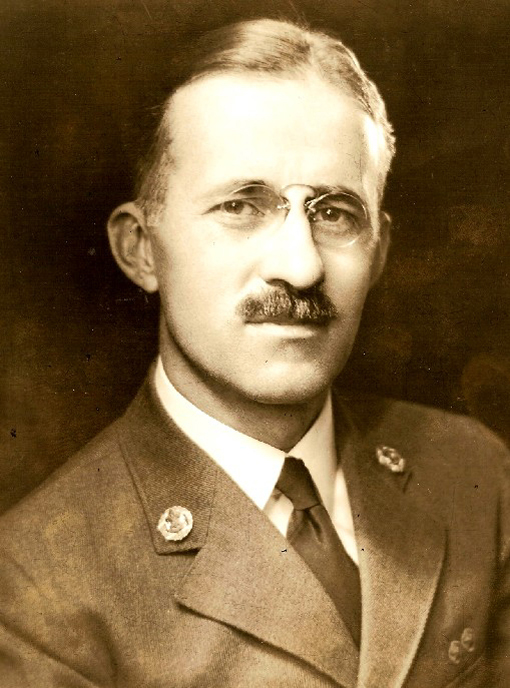 As general director, he had the opportunity to form the national org
As general director, he had the opportunity to form the national org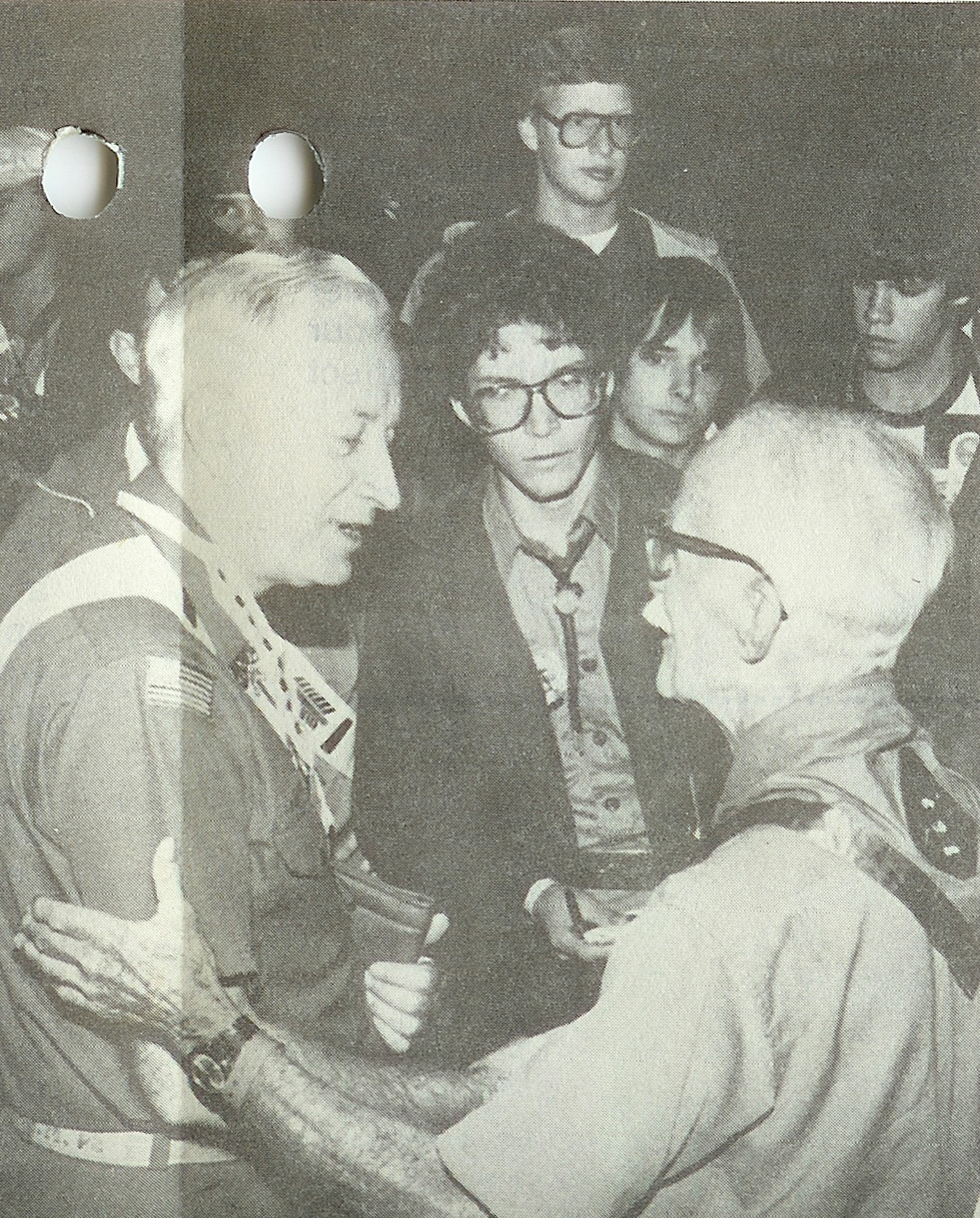 anization at both the executive and volunteer level, with the goal of increasing men’s religious activity in the local church, the community, and the individual. Specific goals included growth of men’s groups in local churches, financial support for church-affiliated colleges, support for missionary work, and fostering ethics in the workplace.
anization at both the executive and volunteer level, with the goal of increasing men’s religious activity in the local church, the community, and the individual. Specific goals included growth of men’s groups in local churches, financial support for church-affiliated colleges, support for missionary work, and fostering ethics in the workplace.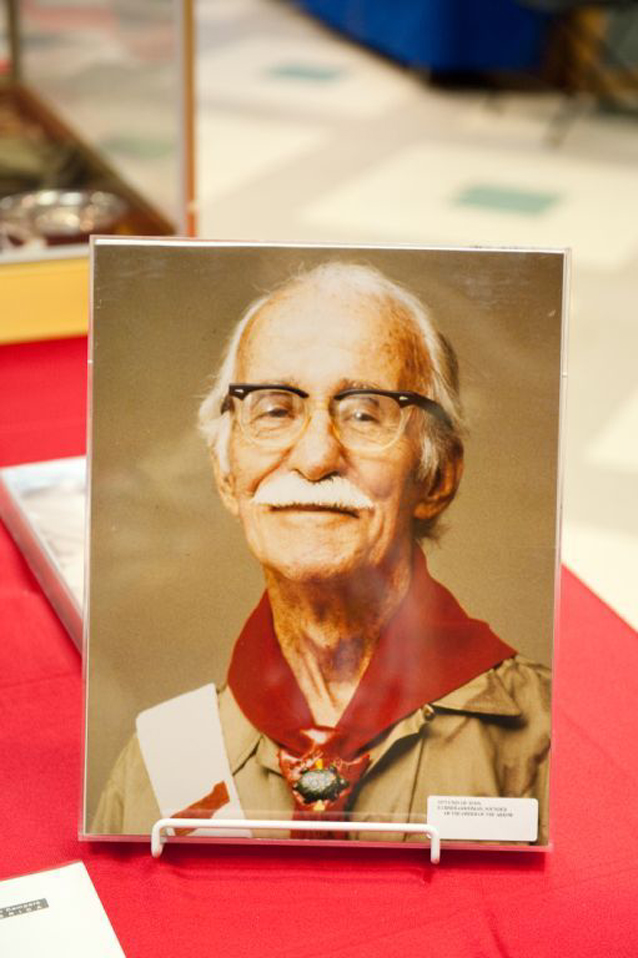 .
.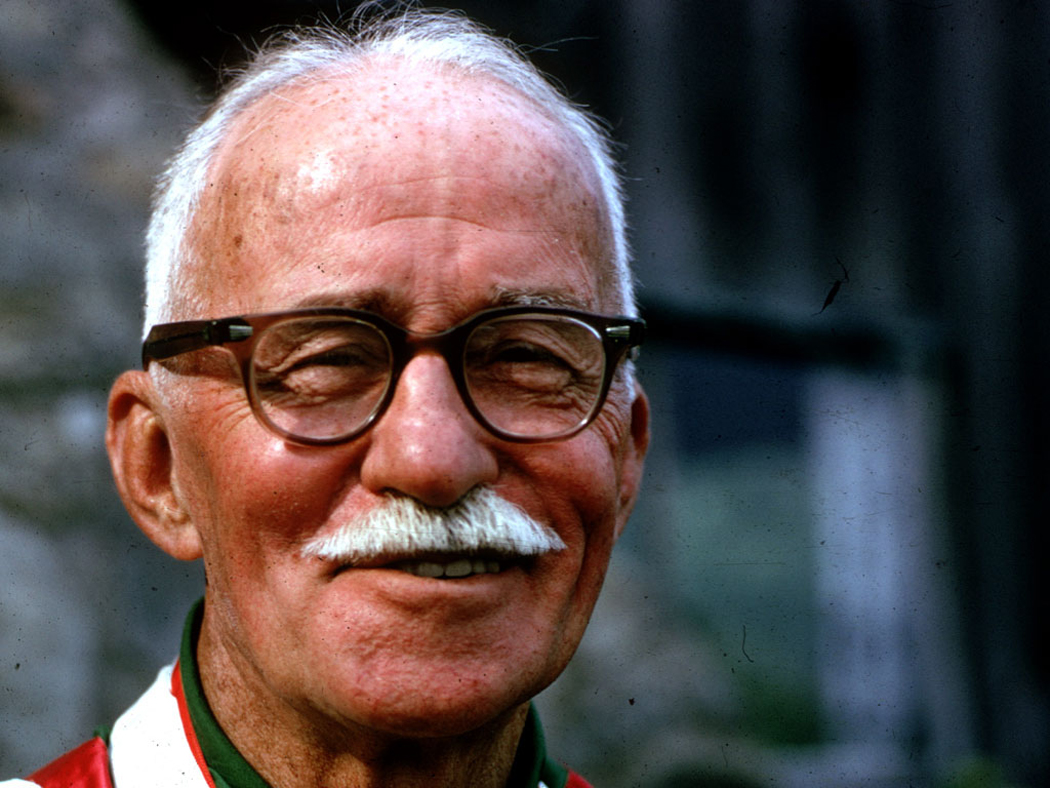 He planned his own funeral to include lots of music. It took place at Penney Farms on March 29. National Chief Jeffrie A. Herrmann and
He planned his own funeral to include lots of music. It took place at Penney Farms on March 29. National Chief Jeffrie A. Herrmann and 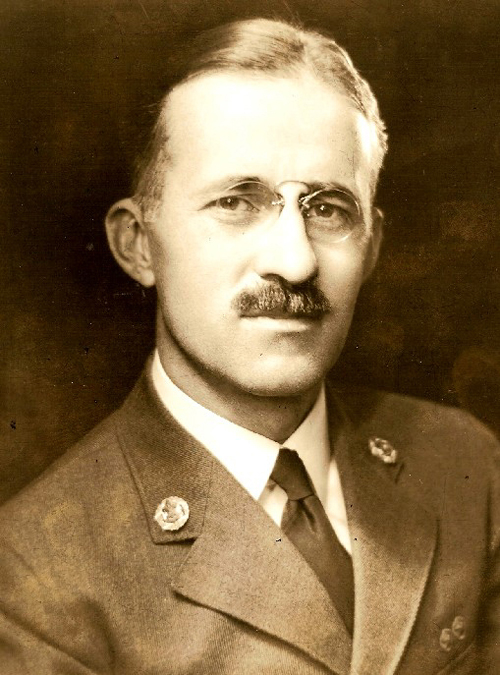 Like the hero of
Like the hero of 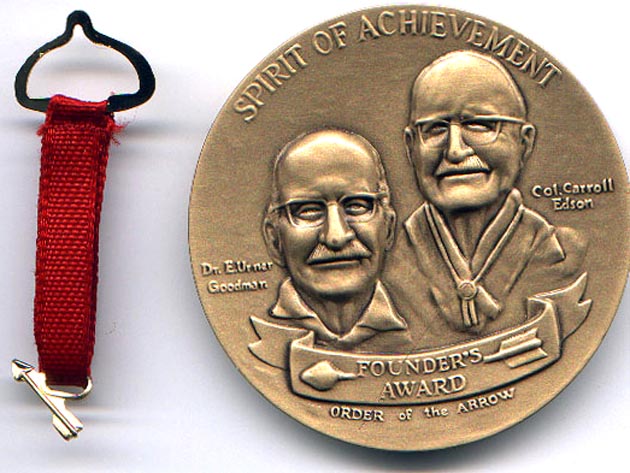 Introduced at the
Introduced at the  On the weekend of June 11-13, 1965 Unami Lodge hosted an
On the weekend of June 11-13, 1965 Unami Lodge hosted an 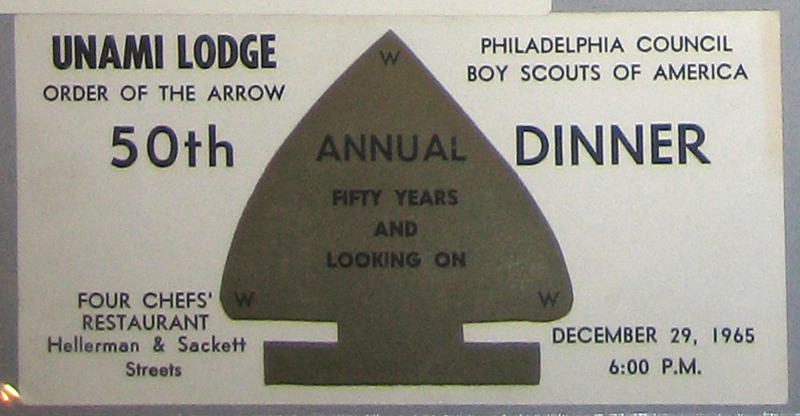
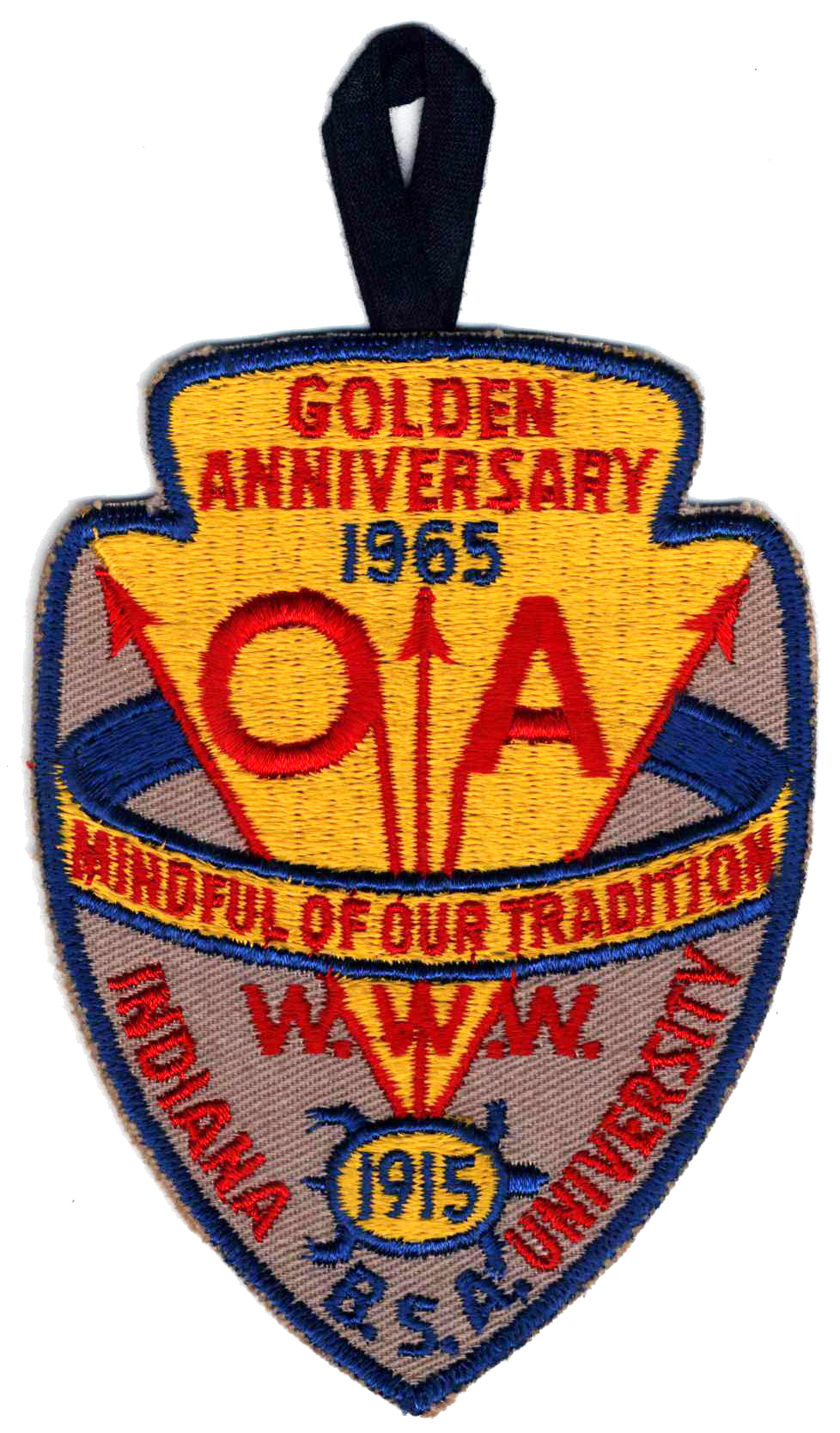
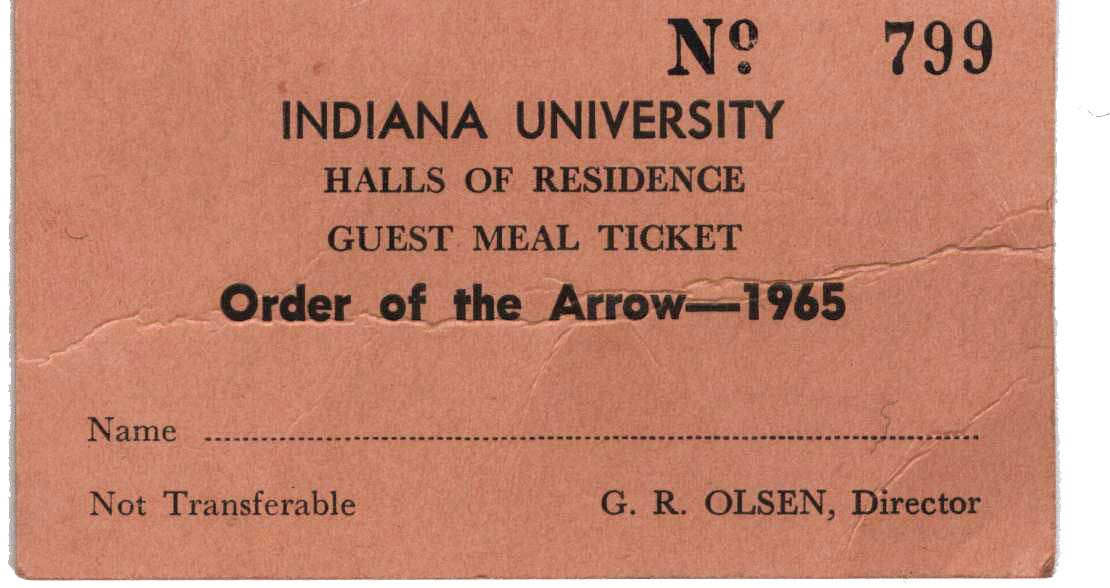
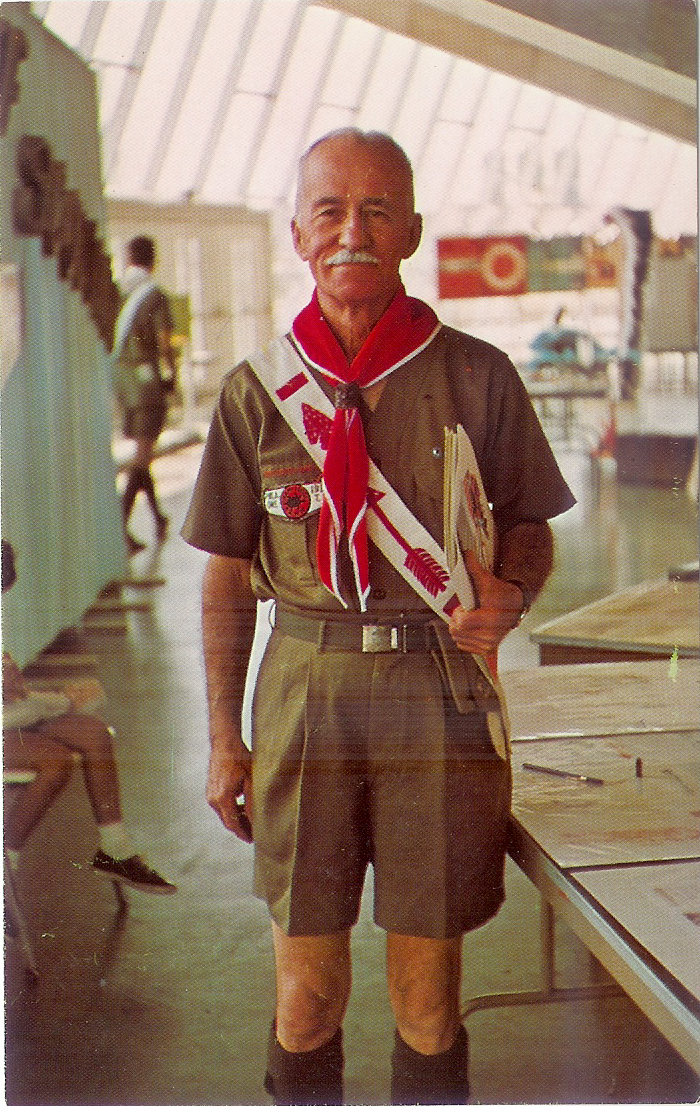
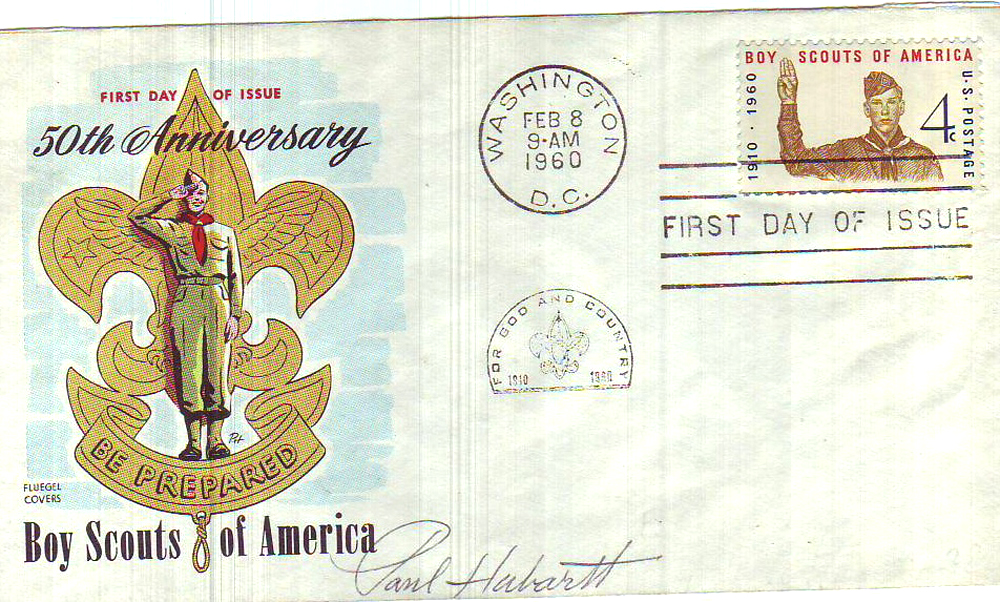 A golden anniversary commemorative postage stamp was issued to celebrate the Golden Jubilee of the Boy Scouts of America and this would be the only time that Norman Rockwell would do a painting specifically for a Boy Scout handbook cover. A special tribute to Scouting in Washington D.C. was held and in June, 1960 the new Johnston Historical Museum located in New Brunswick, New Jersey was dedicated. Scouts participated in the third nationwide Get-Out-the-Vote campaign, but the big event and recognition of this key milestone was the
A golden anniversary commemorative postage stamp was issued to celebrate the Golden Jubilee of the Boy Scouts of America and this would be the only time that Norman Rockwell would do a painting specifically for a Boy Scout handbook cover. A special tribute to Scouting in Washington D.C. was held and in June, 1960 the new Johnston Historical Museum located in New Brunswick, New Jersey was dedicated. Scouts participated in the third nationwide Get-Out-the-Vote campaign, but the big event and recognition of this key milestone was the In 1948, OA lodges from around the country sent stones from their local camps t
In 1948, OA lodges from around the country sent stones from their local camps t he happy couple traveled around the world in 1962, starting from Vermont, crossing Canada and the US Pacific Coast by train, then from San Francisco to Hawaii and Australia, on to Malaya, Ceylon, Aden, Egypt, Greece, Italy, Spain, Portugal, Gibraltar, Great Britain, France, Ireland and back to New York. They stayed with the Governor General of Tasmania, Lord Rowallan, a former Chief Scout of the British Commonwealth. At the annual St. George’s Day parade at Windsor Castle, when the Royal Family reviews the year’s crop of Queen’s Scouts, Goodman met Queen Elizabeth and Prince Phillip.
he happy couple traveled around the world in 1962, starting from Vermont, crossing Canada and the US Pacific Coast by train, then from San Francisco to Hawaii and Australia, on to Malaya, Ceylon, Aden, Egypt, Greece, Italy, Spain, Portugal, Gibraltar, Great Britain, France, Ireland and back to New York. They stayed with the Governor General of Tasmania, Lord Rowallan, a former Chief Scout of the British Commonwealth. At the annual St. George’s Day parade at Windsor Castle, when the Royal Family reviews the year’s crop of Queen’s Scouts, Goodman met Queen Elizabeth and Prince Phillip. For many years, Arrowmen urged him to write an autobiography. In 1965, to celebrate the
For many years, Arrowmen urged him to write an autobiography. In 1965, to celebrate the  an active member of the
an active member of the 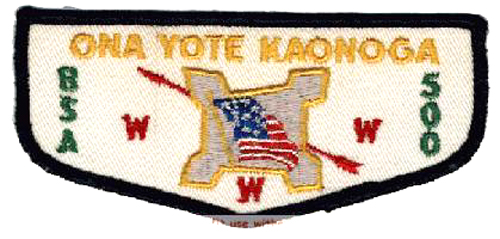 On November 19, 1953, Ona Yote Kaonaga Lodge of Rome, NY chartered. The Order had reached the lofty milestone of 500 chartered lodges. The Order of the Arrow was present in every state; fewer than 100 councils remained that did not have OA.
On November 19, 1953, Ona Yote Kaonaga Lodge of Rome, NY chartered. The Order had reached the lofty milestone of 500 chartered lodges. The Order of the Arrow was present in every state; fewer than 100 councils remained that did not have OA.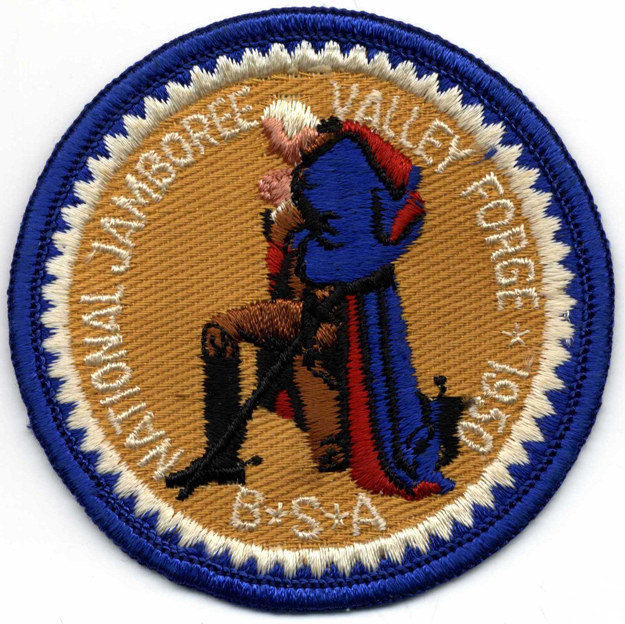 36 Arrowmen from 15 states were chosen through a special selection process to provide cheerful service at the Jamboree. The purpose of the Service Troop was so Scouts might have a better camping experience. Behind the scenes work of the Jamboree fell to the Service Troop including; distributing internal mail to each section twice a day, traffic supervision and car parking, ushering supervision at the giant arena shows, delivering telegrams and urgent messages, aides
36 Arrowmen from 15 states were chosen through a special selection process to provide cheerful service at the Jamboree. The purpose of the Service Troop was so Scouts might have a better camping experience. Behind the scenes work of the Jamboree fell to the Service Troop including; distributing internal mail to each section twice a day, traffic supervision and car parking, ushering supervision at the giant arena shows, delivering telegrams and urgent messages, aides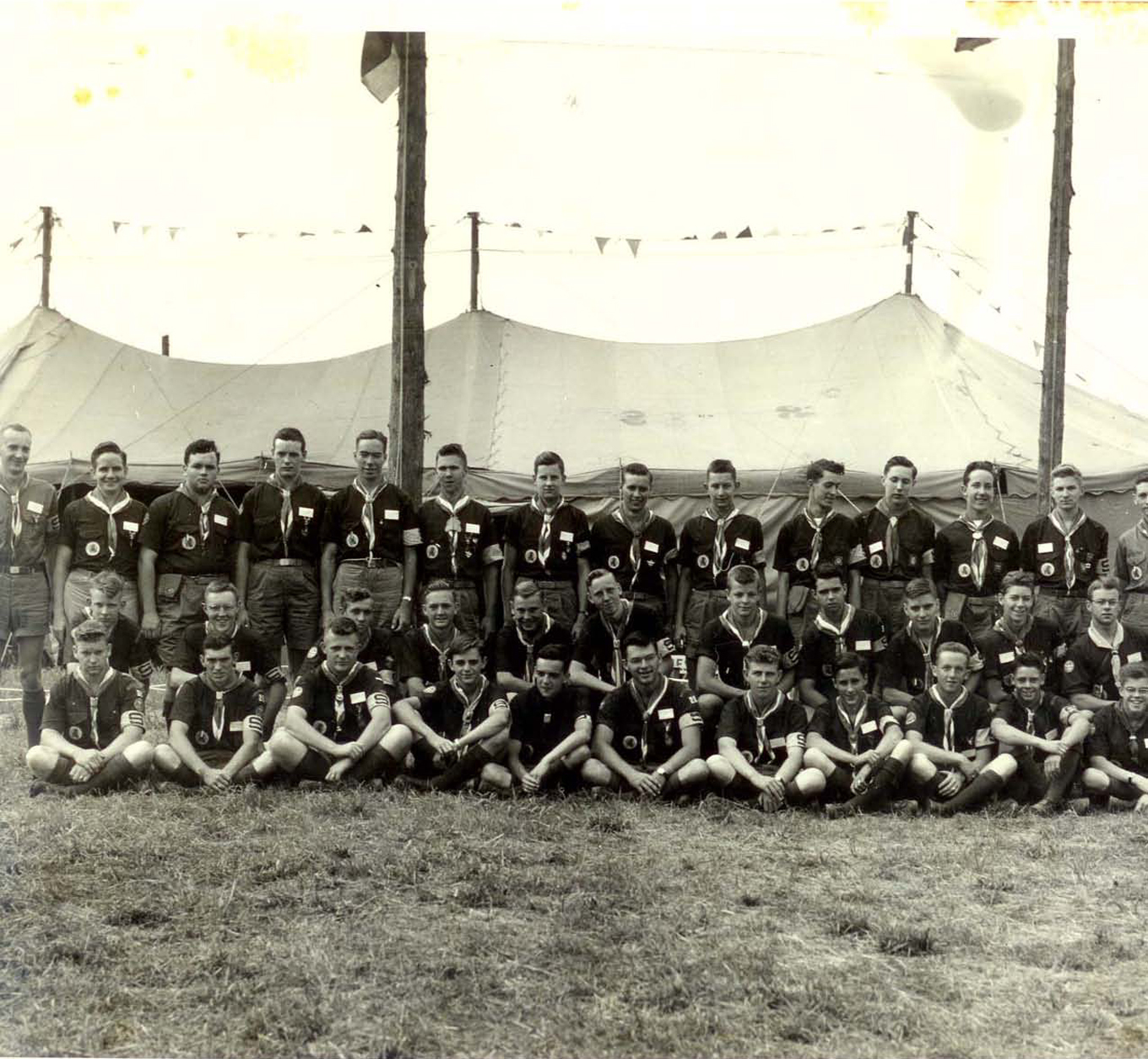 to distinguished guests and guide service, stretcher bearers for ambulances, guarding dangerous locations, and many other duties to help make for a successful Jamboree. Long hours of service were spent each day with some members missing a meal on occasion to make sure that a hazardous location would not be left unguarded. The first service troop was under the leadership of Scoutmaster and future
to distinguished guests and guide service, stretcher bearers for ambulances, guarding dangerous locations, and many other duties to help make for a successful Jamboree. Long hours of service were spent each day with some members missing a meal on occasion to make sure that a hazardous location would not be left unguarded. The first service troop was under the leadership of Scoutmaster and future